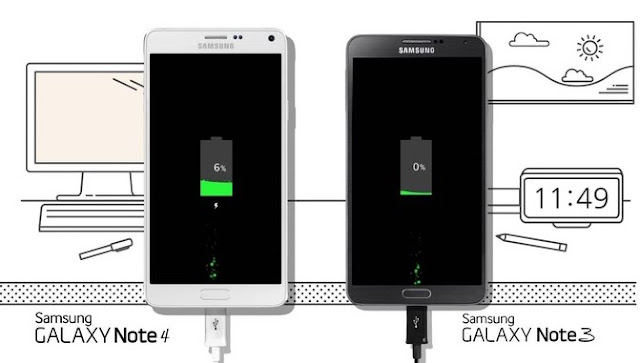What kind of input on your smartphone? Find out if the device supports micro USB, lightining or USB-C can make a big difference on the purchase of accessories or for running tasks.
Check out a complete guide on the characteristics of each connection.
Micro USB
The micro USB connection is the most common among smartphones and is present in devices equipped with Android, BlackBerry and Windows Phone, in addition to simple mobile phones. As the name suggests, this connection works like a smaller version of the USB port of your computer and provides charging functions, data transfer, with some adapters, images on TV spreading.
The micro USB inputs can have two speeds: version 2.0 makes transfer at 480 Mbps, while the 3.0 connection transfers the 5 Gbps. In addition, the devices still use the micro-B type connection, which has a wider and flatter other hand, requiring that the cable is plugged into the correct position.
Pros: Considered universal standard connections; easy to find compatible cables to charge the device; wide range of compatible accessories.
Cons: Requires a correct box to connect; may not have high speed data transfer;
Lightining
Featured by Apple in 2012, Lightining is the default connection of the iPhone, iPad and iPod Touch. The model replaced the old 30-pin dock cable connection for a smaller and more efficient with only 8 pins. Besides being reversible and easy to use, the pattern has compatibility with various accessories, it can be used for different purposes.
The cable Lightining is based on micro USB 2.0, and thus provides a speed compatible with most smart phones market. The standard, however, has led Apple to court to be considered protectionist and that it was incompatible with other manufacturers. Indeed, cable production follows a company's tight control apple and "alternative" cable may be rejected by the device.
Pros: Small; reversible and easy to fit; many compatible accessories; high quality control.
Cons: Not compatible with other manufacturers cables; It has high price; excessive control of Apple.
USB-C
Still unknown by most users, the USB-C standard has drawn attention in recent weeks with Google and Apple releases. The new connector can be considered an evolution of the USB 3.0 standard and has great features like its compact size and the fact that it is reversible and can be fitted on either side.
Another feature that stands out is the connector speed, which reaches 10 Gbps and is able to stream videos in 4K. Also, the USB-C can be used for data transfer, video output connection of accessories and even mobile phones and computers loading. With such advantages, there is the possibility that Apple adopt the standard, as it did in the Macbook and finish of time with iPhone compatibility issues.
Pros: Compact; reversible and easy to use; high speed data transfer; support ultra-high resolution video; Charging mobile phones and computers;
Cons: Few compatible devices today.


Comments
Post a Comment